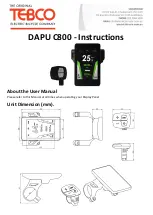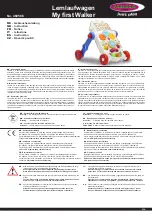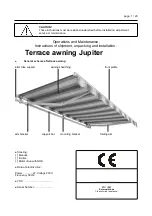
MKS CONFIDENTIAL
1
of
5
Calibration of Ophir L50(300)A-IPL sensor for use with gel
coupled IPL sources
Background
The Ophir L50(300)A-IPL energy sensor shown above when used in GEL mode is designed to measure the
energy output of IPL type sources coupled to the patient's skin with optical index matching gel. The sensor has
a large Ø65mm aperture with a glass window having an antireflection coating on its rear surface. The IPL source
is placed on the window with gel coupling to eliminate the reflections of the top surface of the window. Since it
is only a small distance on top of the absorber, even radiation a large angles reaches the absorbing coating. The
sensor absorbing coating is of the LP2 type that has high absorbance, high damage threshold and low angular
dependence.
We are interested in displaying the energy emitted by the IPL source assuming gel coupling to the patient and
no back reflection from the patient’s skin. This means we are displaying the entire energy emitted from the IPL
source.
The IPL sensor is calibrated by exposing it to a known energy from a collimated 755nm laser. When exposed to
a divergent and multispectral IPL source, however, the sensor absorbs less of the radiation. So we have to know
how to calculate how much less the IPL sensor will read when exposed to an IPL source as compared to the
calibrating laser. In order to do this, we have to know the following things:
The angular and spectral distribution of the light emitted by an IPL source
The angular and spectral absorption of the LP2 absorber coating of the sensor
The transmission of the glass as a function of wavelength and angle.























